Quinoa, often hailed as a “superfood,” has rapidly gained global popularity in recent decades. With its high protein content, gluten-free nature, and abundance of essential amino acids, quinoa is now a staple in health-conscious diets around the world. But where does this ancient grain come from, and which country dominates its global production? In this article, we’ll dive into the history, significance, and present-day statistics to answer: Which country is the largest quinoa producer in the world?
A Brief Introduction to Quinoa

Quinoa (Chenopodium quinoa) is a flowering plant native to the Andean region of South America. It has been cultivated for over 5,000 years, primarily in Peru, Bolivia, and Ecuador. Revered by the Inca civilization, quinoa was considered sacred and known as the “mother grain.” Unlike most grains, quinoa is not a true cereal but rather a pseudocereal, meaning it’s not part of the grass family but still used like a grain in cooking.
Global Demand and Nutritional Benefits

In the last two decades, quinoa has become a global commodity, with demand soaring due to its:
- High protein content (including all nine essential amino acids)
- Rich source of fiber, iron, magnesium, and B vitamins
- Gluten-free status, making it suitable for those with celiac disease or gluten sensitivity
- Versatility in dishes, from salads and breakfast bowls to breads and soups
The United Nations even declared 2013 as the “International Year of Quinoa” to recognize its potential in contributing to food security.
Which Country Produces the Most Quinoa?
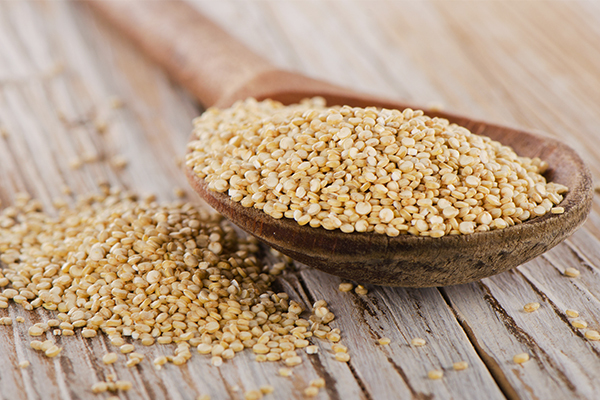
Peru is the largest quinoa producer in the world, followed closely by Bolivia and Ecuador. These three countries dominate the global quinoa market due to their ideal climate, traditional cultivation knowledge, and genetic diversity of quinoa strains.
1. Peru: The Quinoa Giant
Peru accounts for over 50% of the world’s quinoa production. In recent years, Peruvian farmers have expanded quinoa cultivation beyond the traditional high-altitude Andean regions to coastal and jungle areas, utilizing technological advances to increase yields.
Key Stats:
- Annual Production: Over 80,000 metric tons (varies by year)
- Top Growing Regions: Puno, Ayacucho, Cusco, Arequipa
- Export Destinations: United States, Canada, Netherlands, Germany, Australia
Peru’s government has invested heavily in quinoa farming through research, quality control, and export promotion. The country is known for producing a variety of quinoa types — including white, red, and black quinoa — and has become a hub for organic and fair-trade certified quinoa.
2. Bolivia: The Ancestral Leader
Bolivia was once the world’s leading quinoa producer but was surpassed by Peru in the mid-2010s. Still, Bolivia remains a critical player, producing approximately 40,000–50,000 metric tons annually. Bolivian quinoa, particularly that from the Salar de Uyuni region, is considered among the finest due to its large seed size and unique taste.
Key Stats:
- Top Region: Oruro, Potosí, and La Paz departments
- Specialty: “Royal Quinoa” — a premium variety grown at high altitudes
- Cultural Role: Quinoa remains a staple in traditional diets and ceremonies
The country has prioritized traditional, sustainable farming methods, although it has faced challenges balancing modernization with preserving indigenous practices.
3. Ecuador: A Supporting Role
While Ecuador produces significantly less quinoa than Peru and Bolivia, it still plays a notable role in regional production. Ecuadorian quinoa is largely consumed domestically, but exports have been growing due to international demand.
Other Emerging Producers
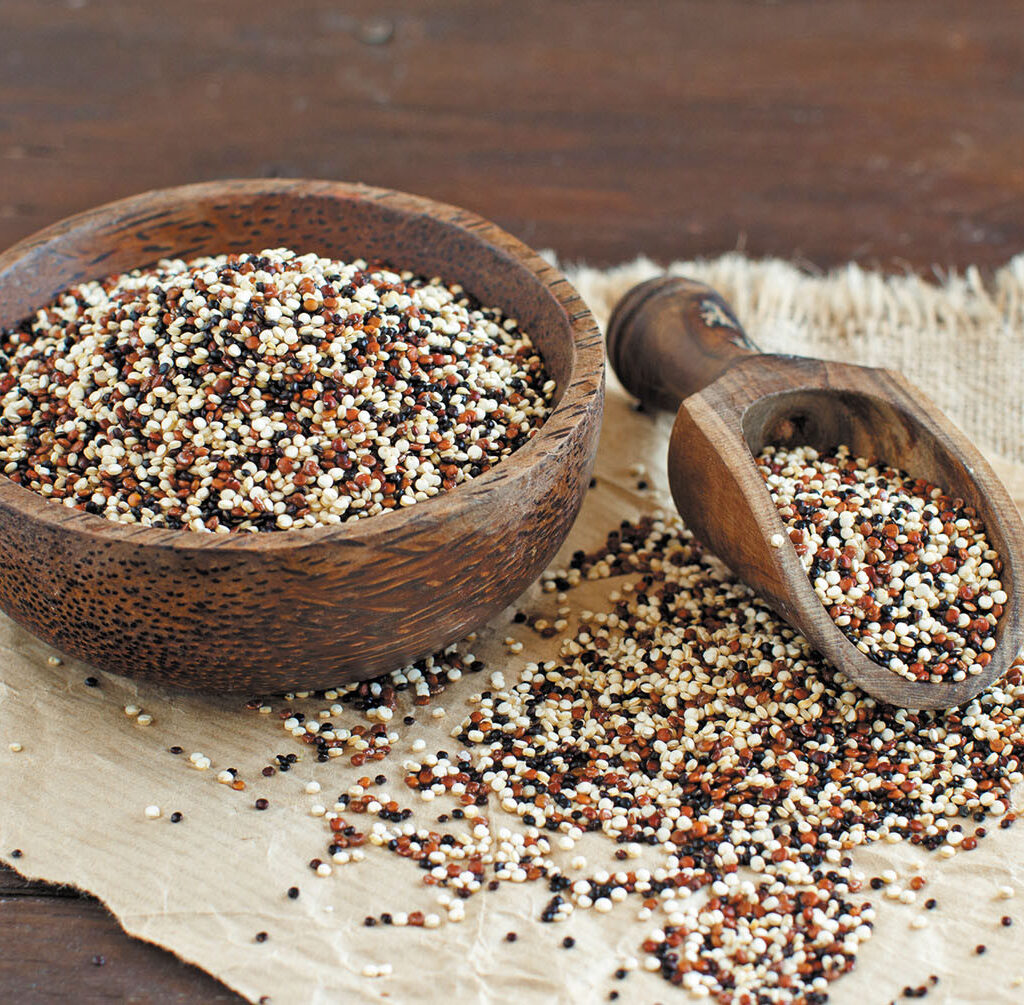
Due to rising global demand, quinoa cultivation has expanded to countries beyond the Andes.
- United States: States like Colorado and California are experimenting with quinoa, producing limited but high-quality quantities.
- Canada: Canada has joined the scene, particularly in Saskatchewan, though production is still modest.
- France, Italy, India, and Kenya: These countries have also begun small-scale quinoa farming, adapting the crop to local conditions.
Despite these efforts, none of these emerging producers have yet matched the volume, variety, or quality produced in Peru and Bolivia.
Factors Behind Peru’s Dominance
Several reasons contribute to Peru’s status as the world’s largest quinoa producer:
- Agro-climatic diversity: The Andes provide varied altitudes and climates ideal for different quinoa strains.
- Government support: Subsidies, technical training, and marketing efforts have strengthened the quinoa value chain.
- Genetic diversity: Peru is home to over 3,000 quinoa varieties, providing resilience against pests and climate challenges.
- Market-oriented production: Farmers and cooperatives are now more attuned to global demands for organic, fair-trade, and premium quinoa.
Economic and Social Impacts
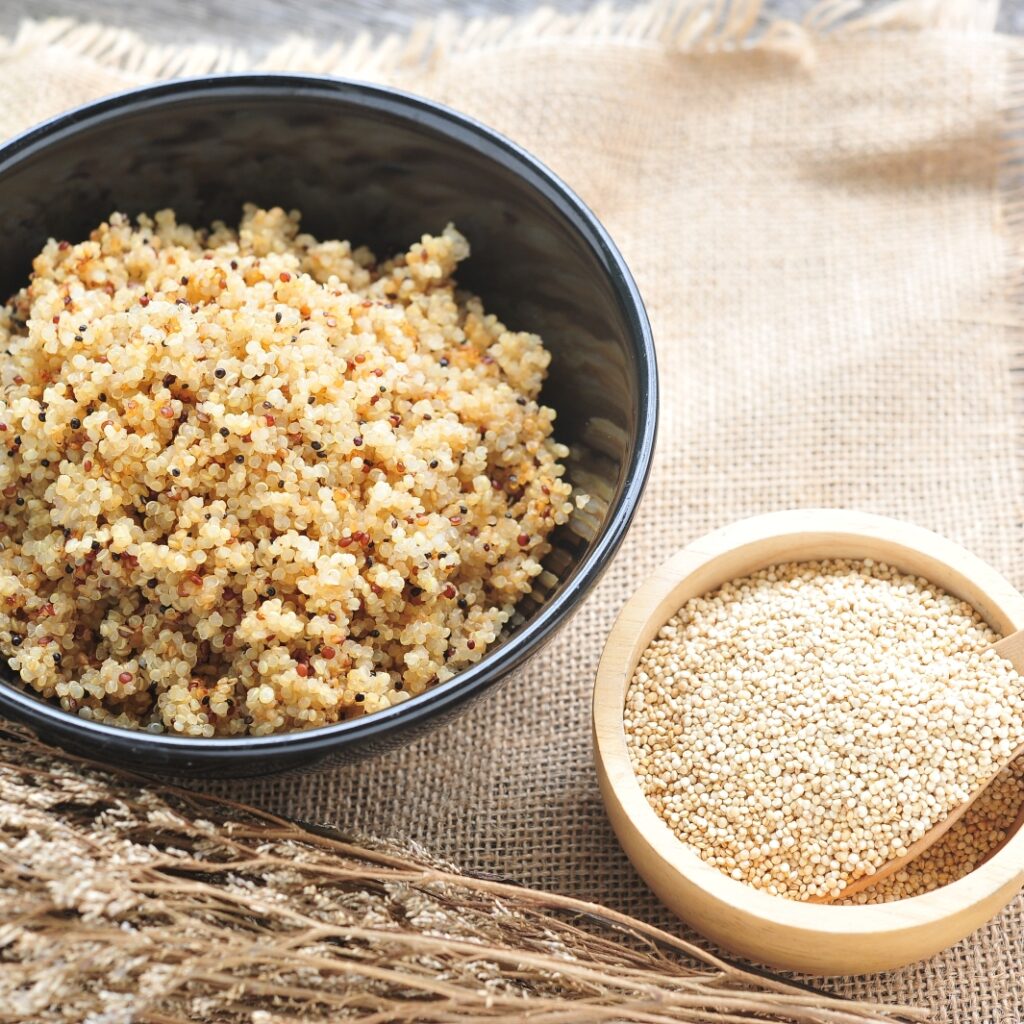
The quinoa boom has transformed rural economies in the Andes. Thousands of smallholder farmers now depend on quinoa as a cash crop, enjoying increased incomes and access to markets. However, it has also introduced challenges:
- Price volatility: As supply grows, global prices fluctuate, impacting farmer incomes.
- Land use conflicts: Higher prices have sometimes led to land disputes or environmental degradation due to over-farming.
- Food security: Ironically, some local communities now struggle to afford quinoa, which was once a dietary staple.
To address these concerns, sustainable development policies and fair-trade practices are being promoted in producing regions.
Conclusion
In answer to the thesis question: Peru is the largest quinoa producer in the world, leading with both volume and diversity. Its dominance is backed by traditional knowledge, favorable growing conditions, government investment, and a strong export network. While other nations are beginning to grow quinoa, the Andes remain the heartland of this ancient grain.
As quinoa continues its journey from a sacred Andean crop to a global superfood, the world must also ensure that its production respects the environment, supports farmers, and preserves the cultural heritage from which it originated. The story of quinoa is not just about agriculture — it’s a testament to how ancient wisdom and modern demand can intersect to shape a global food future.

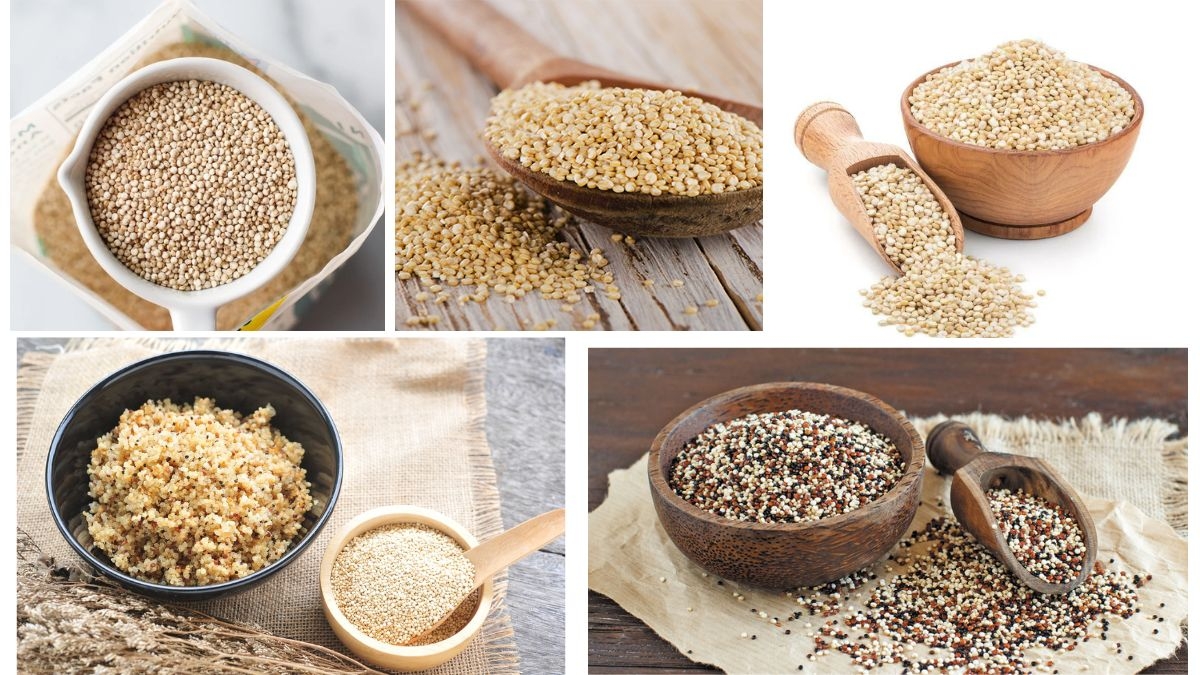
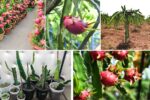
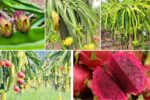

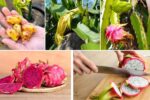
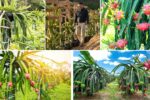
Leave A Comment